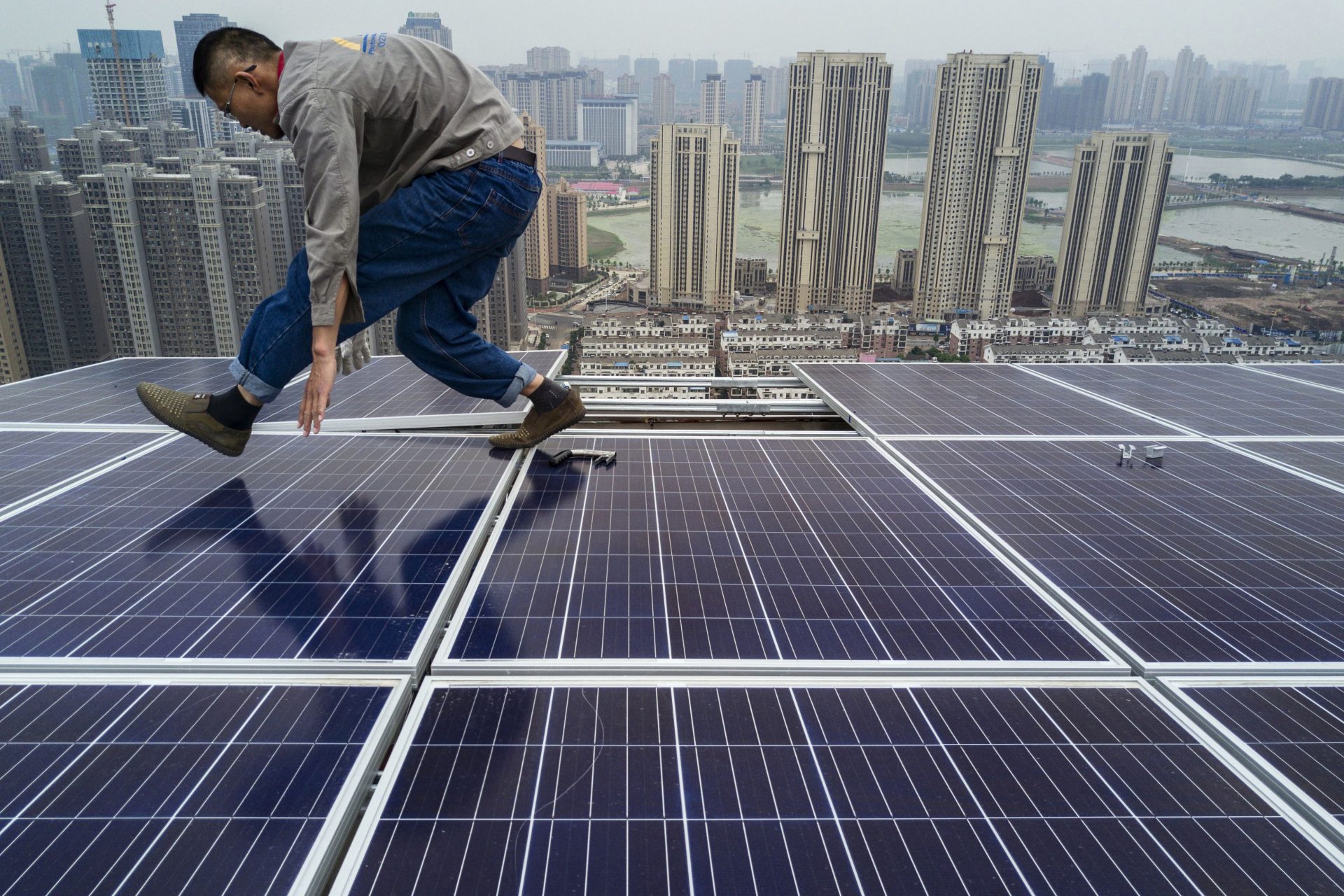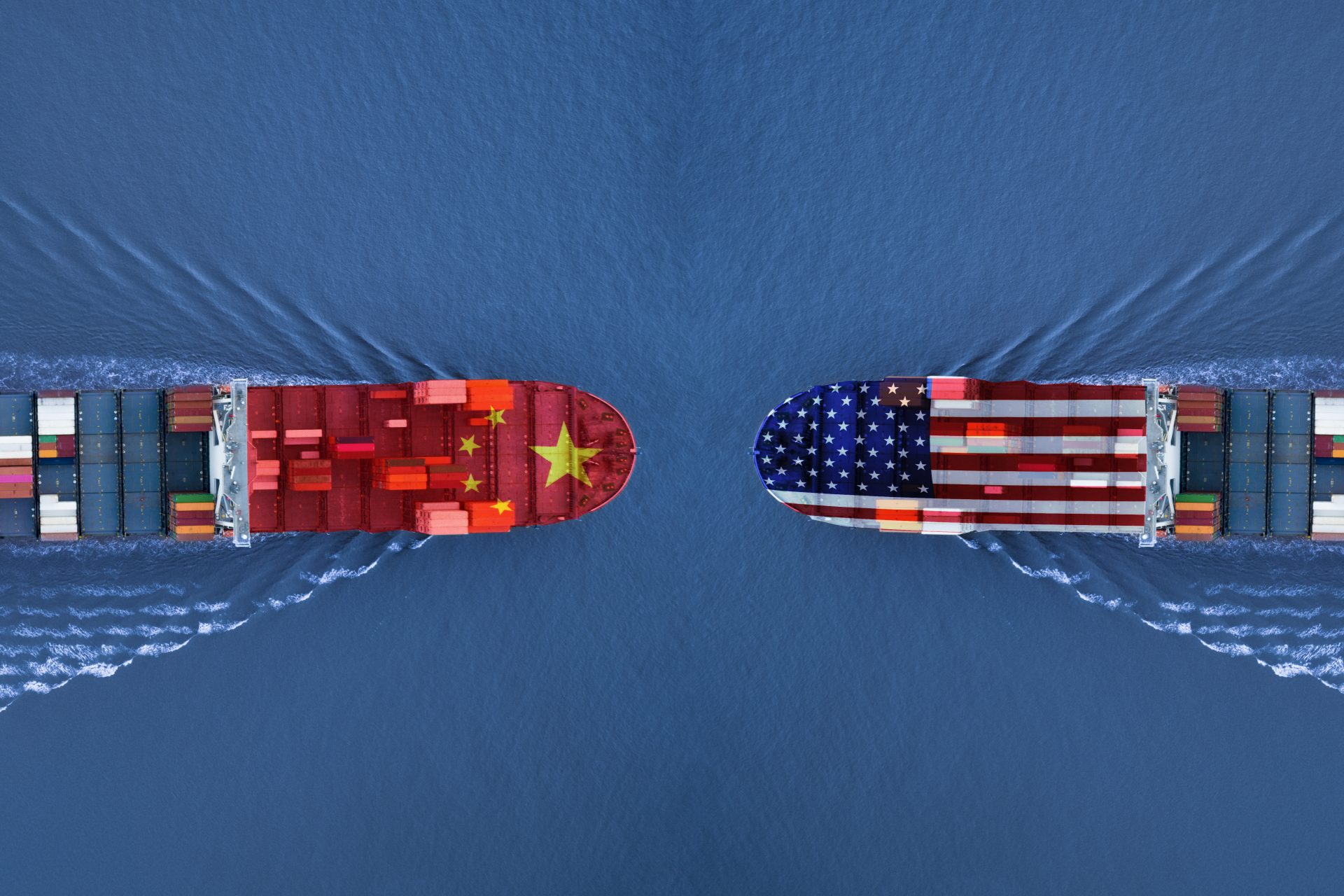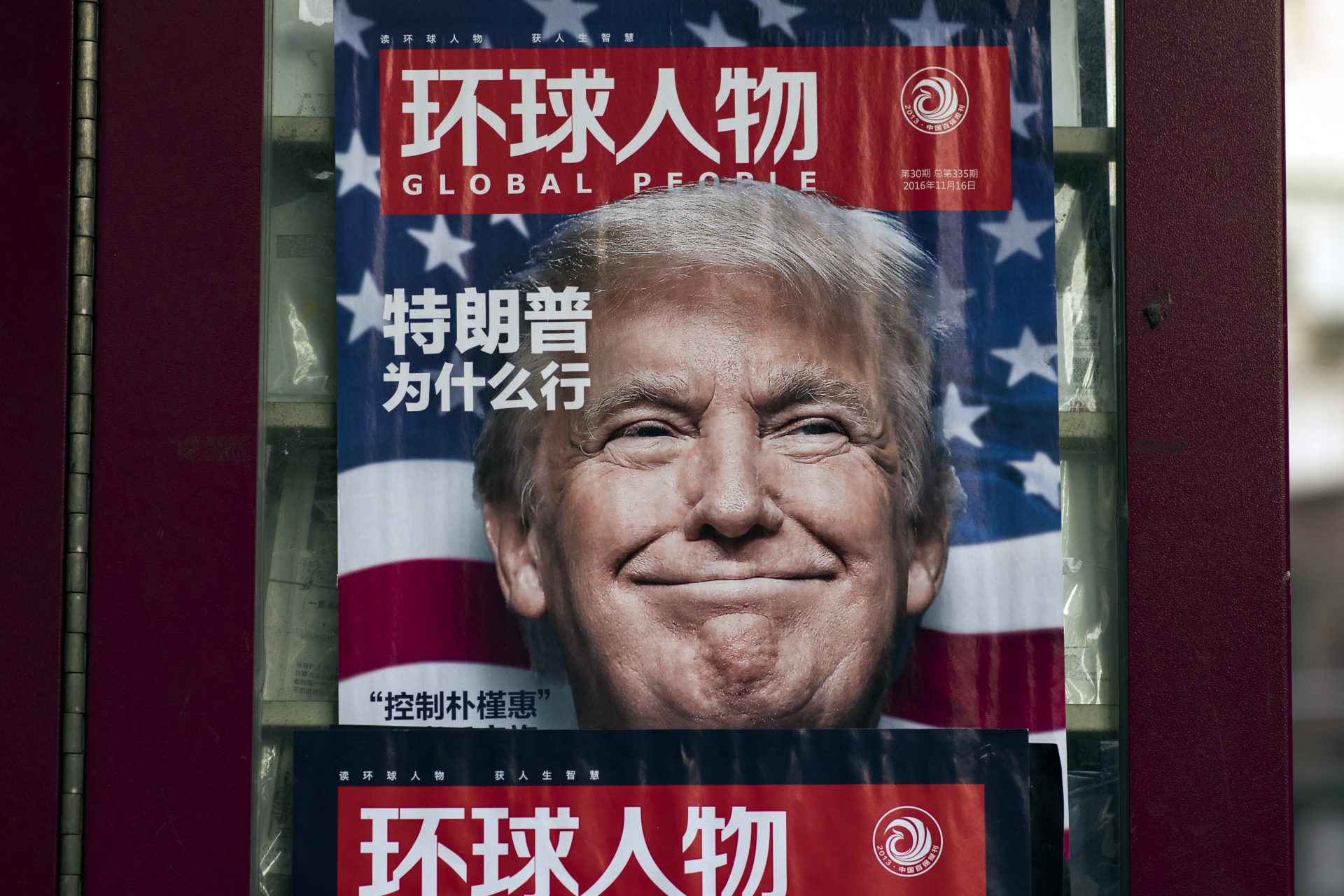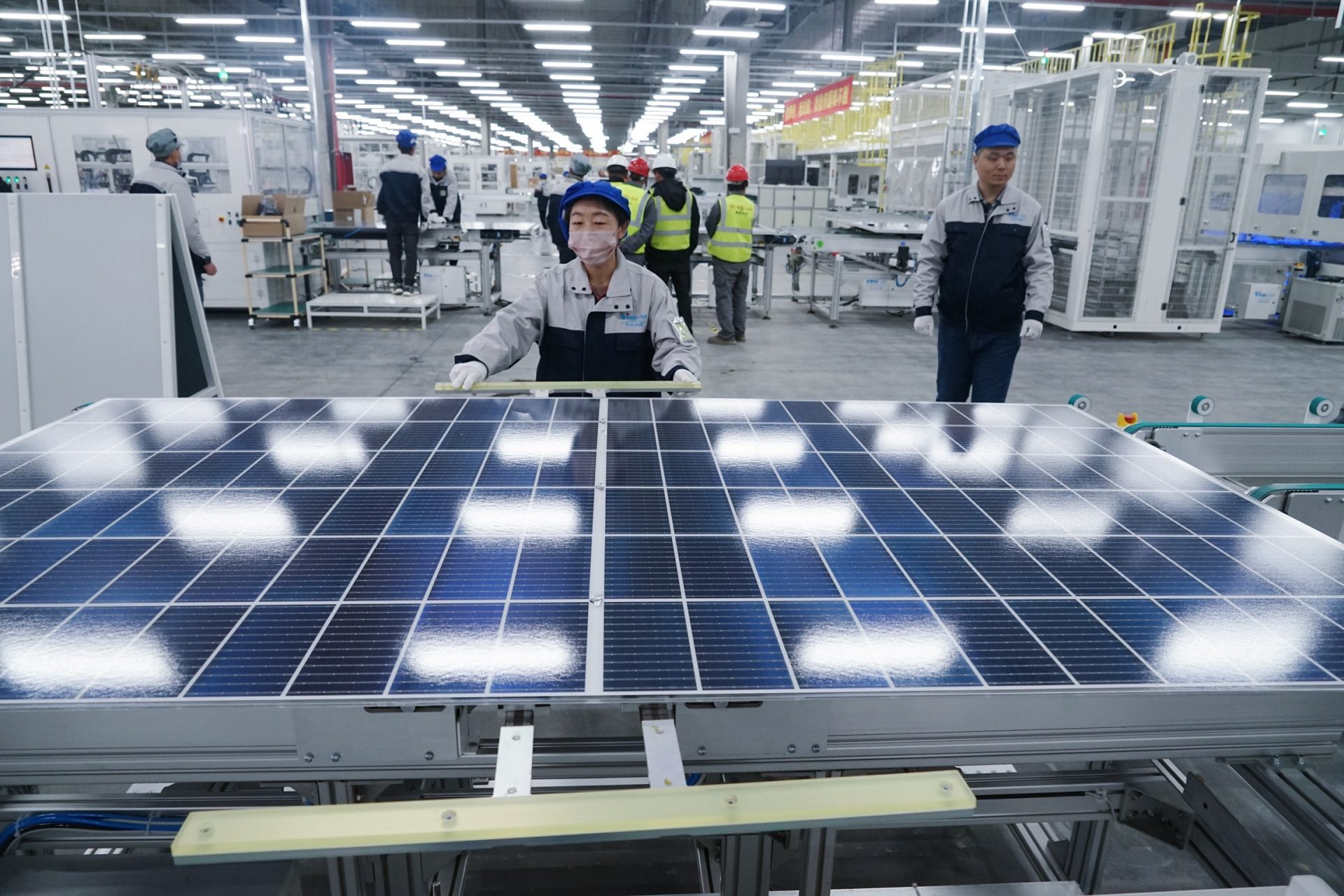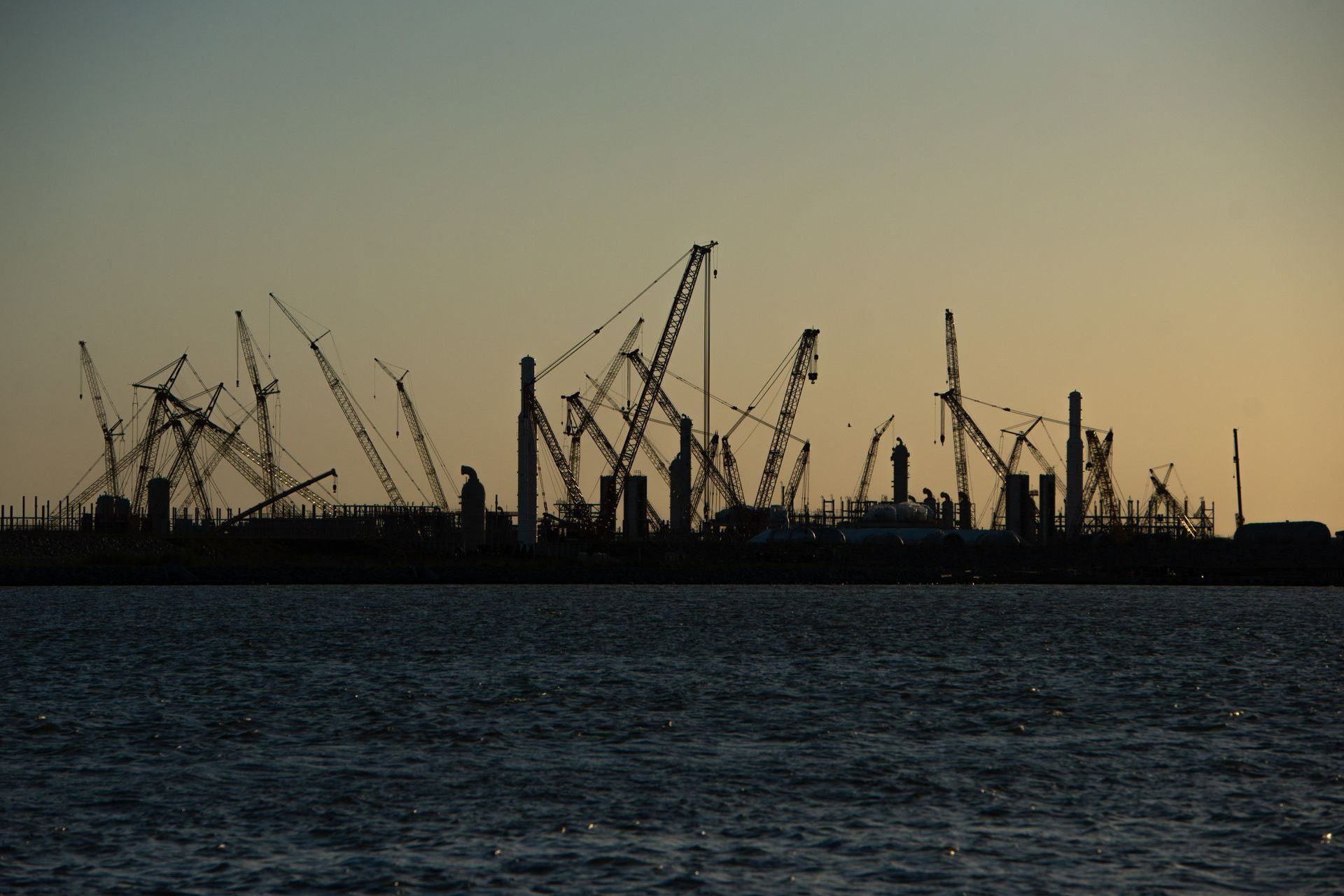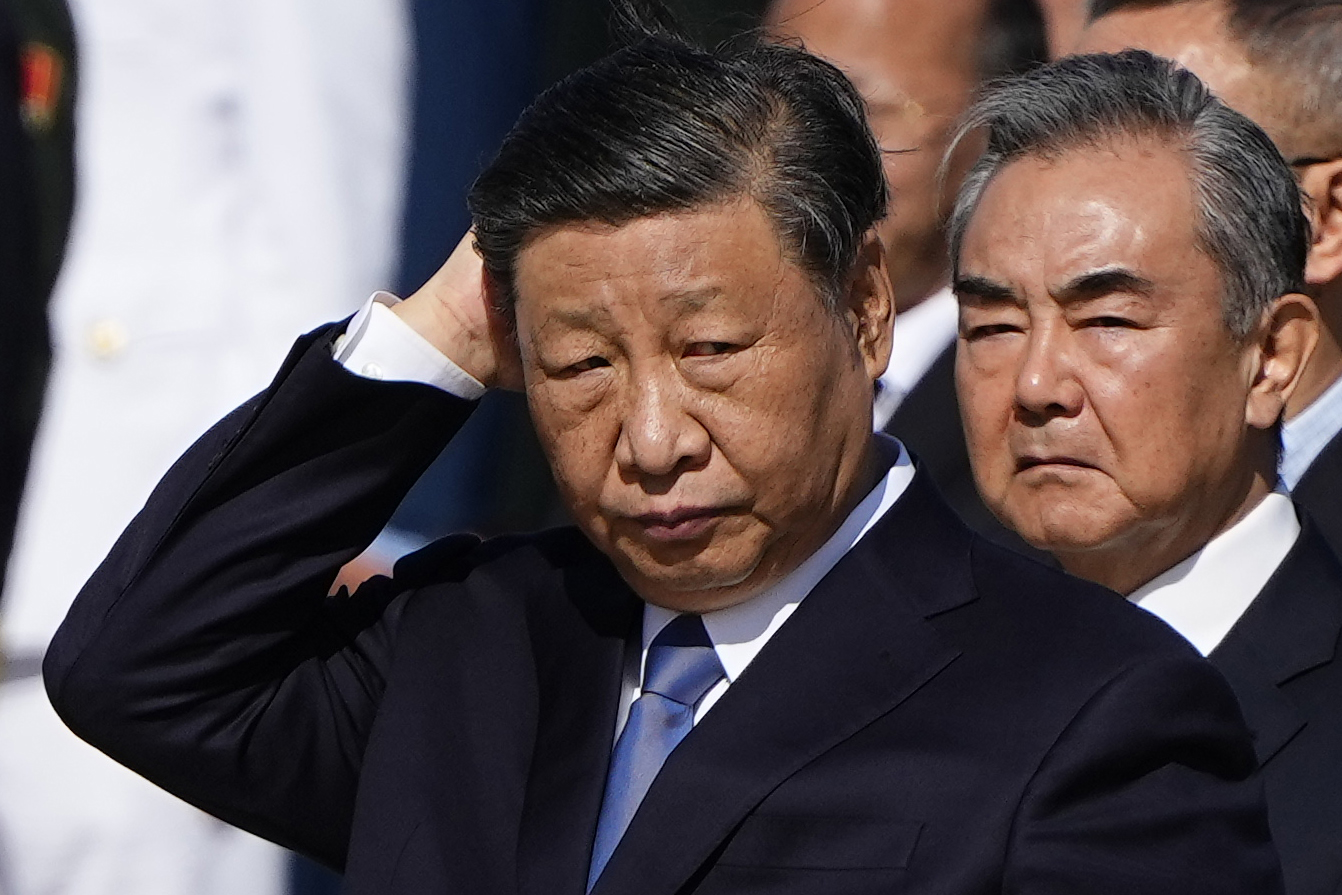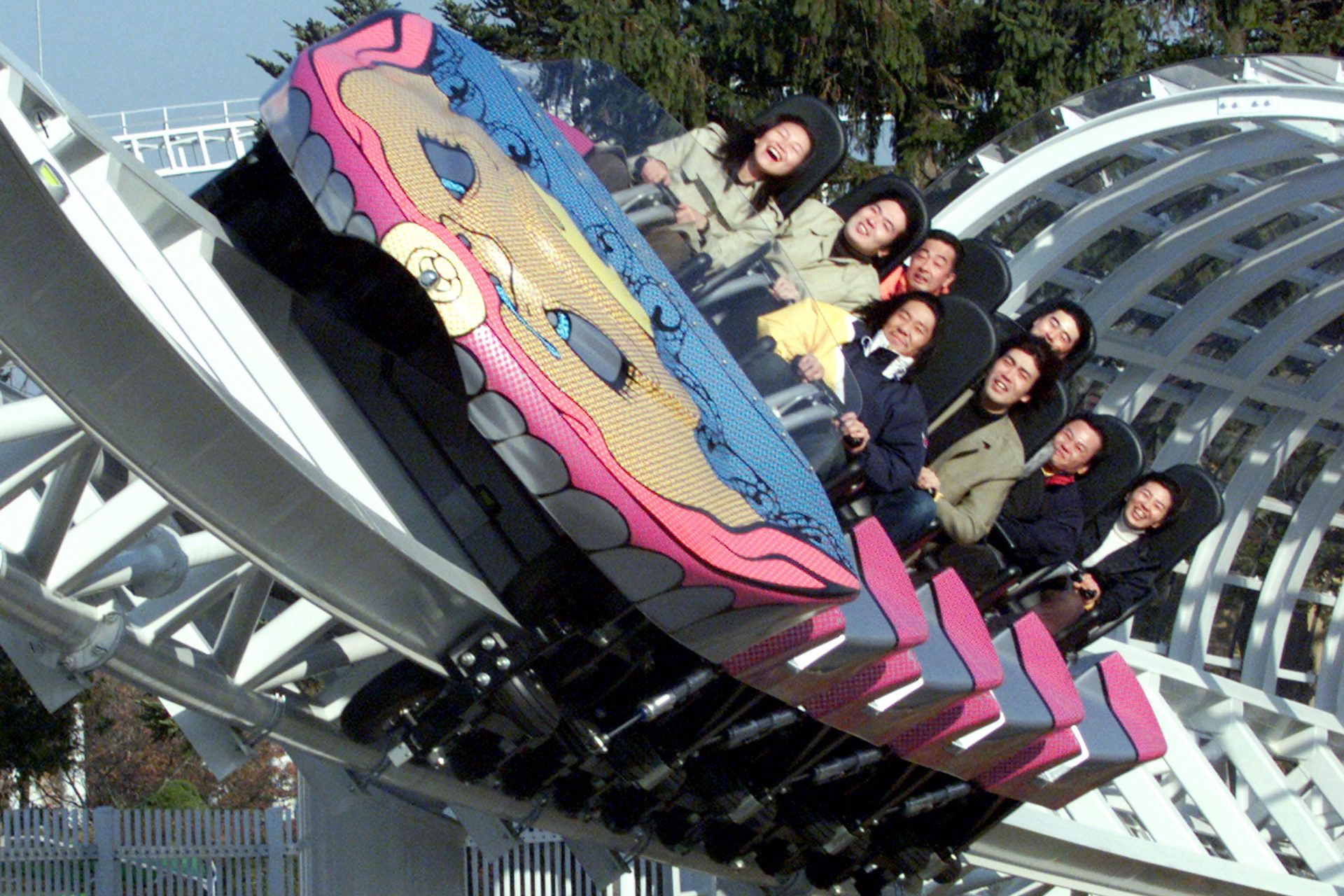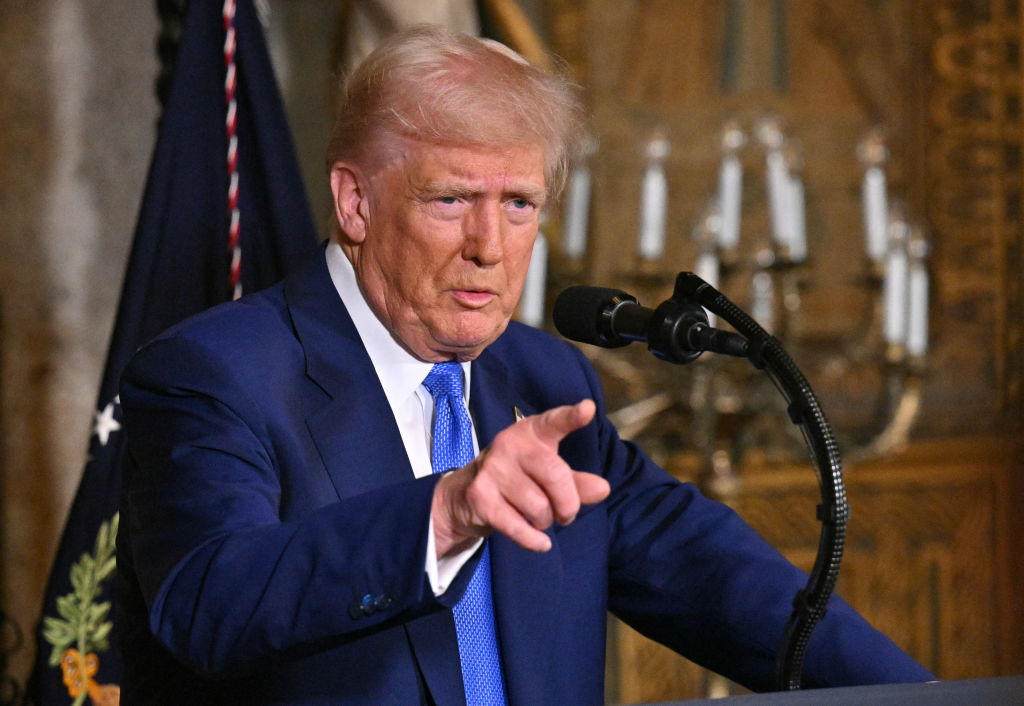‘The solarcoaster:’ why China’s massive solar industry is struggling
China's solar industry leads the world in every stage of the global supply chain, with a production capacity almost five times that of the rest of the world combined, according to consultancy Wood Mackenzie. The growth of the industry is so massive that China can produce more than two times as many solar modules as are being installed each year.
A report by pvInsights notes that the global price of solar modules has fallen to a record low of less than 10 cents per watt due to overproduction, dramatically lowering the cost of clean energy. This is great news for consumers and environmentalists, but not ideal for producers.
The rapid growth of capacity has outstripped global demand, causing prices for polysilicon, wafers, cells, and finished modules to sell below their production cost, leading to a 5.6% decline in Chinese solar export revenues last year, according to Wood Mackenzie, despite a huge jump in exports.
But the amount of solar being installed is growing exponentially, so most of the demand is still in the future. The Economist reports that installed solar capacity doubles every three years and grows around ten-fold each decade. By the mid-2030s they are expected to be the biggest source of electrical power on Earth.
As The Economist points out, even though China cannot control sunlight as much as OPEC producers can set the price of oil, there are some issues with sourcing the vast majority of solar production from a country that is supposedly hostile to the US. This is why America has increased tariffs on Chinese solar equipment. India also has tariffs and the EU could follow suit.
In May 2024, after the US announced the new tariffs, the state-owned China Daily newspaper slammed the move as a “clear act of protectionism.” Asia Society analyst Li Shuo told Climate Home that rather than thinking of the over-supply of solar panels as a problem, “the world’s inability to deploy these products is the problem”.
With the 2024 American presidential elections looming, the threat of Donald Trump moving back into the White House is another concern. The Economist predicts that a pro-fossil-fuel Trump could frustrate American adoption of solar power for a time. His policies are also highly anti-China, so tariffs could increase even further.
Longi Green Energy Technology and other major Chinese solar companies like Trina Solar, JA Solar, and Jinko Power have seen significant drops in share prices — around 60% — and have started laying off workers to cope with the intense market pressures. Smaller solar companies are facing even harsher conditions. For instance, Lingda canceled plans for a $1.3 billion factory, according to the Economist.
Despite these challenges, China’s major solar companies continue to invest in technological upgrades and expand output, with capacity projected to reach 1,700 gigawatts by 2026, as forecasted by Wood Mackenzie. That’s up from around 1,200 gigawatts in 2023.
As Bloomberg reports, these Chinese solar power companies are already providing more energy than big oil. “Right now, seven Chinese companies have a bigger stake in the power source of the 21st century than the Seven Sisters of oil that dominated the 20th,” reads the article, emphasizing that a solar panel can produce energy for years, while oil taken out from the ground is one-time-use only.
As the New York Times points out, years of manufacturing, government support, low wages and cheap electricity, still largely based on coal, have given China a massive cost advantage. The European Commission calculated in a report in January that Chinese companies could make solar panels for 16 to 18.9 cents per watt of generating capacity. By contrast, it costs European companies 24.3 to 30 cents per watt, and American companies about 28 cents.
Usha Haley from Wichita State University notes that Chinese municipal and provincial governments provide substantial support to local solar industries, which includes free land and electricity, and interest-free loans, covering up to 65% of a company’s costs in some instances. She also told The Economist that support appears to have grown even more generous recently.
Apart from its exports, China is also well ahead of the curve when it comes to installing solar power. Last year, it installed more solar panels than the United States has in its history, according to the New York Times. Why? Well, they started two decades ago in a bid to become less dependent on energy imports.
China's economy used to be reliant clothing, furniture and appliance manufacture, but it has now shifted to "the new trio" of solar panels, electric cars and lithium batteries to re-energize the economy. While the country may aim to diversify again, it is also dramatically trying to build up its own solar power installations, which could make energy there even cheaper.
But amid financial strains on local governments and increased international resistance, there are signs of a strategic reevaluation. According to The Economist China’s leader Xi Jinping emphasized the need for investments to “have their own merits,” indicating a possible shift away from over-investment in sectors like solar.
Indeed, the price pressure is coming back to bite some Chinese companies. The Economist, citing Jenny Chase from BloombergNEF, predicts a period of consolidation within the Chinese solar industry, characterized by occasional slight profits, followed by significant downturns and company bankruptcies and exits, a cycle she referred to as the "solar coaster."
More for you
Top Stories



